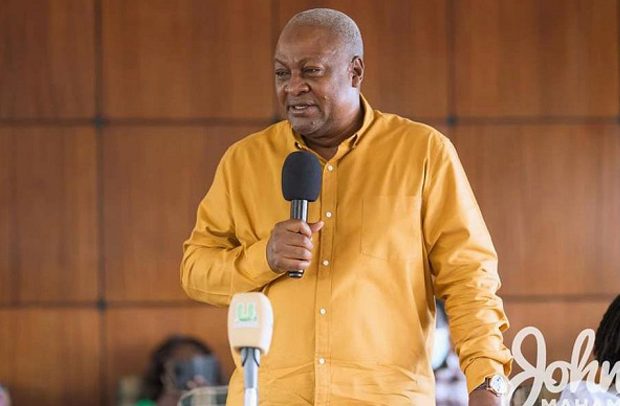
In 1987, the world came together to sign the Montreal Protocol, an agreement designed to phase out substances that were ‘eating away’ the Earth’s ozone layer.
Almost four decades later, it remains the most successful environmental treaty ever signed. Countries big and small, rich and poor, worked side by side, and the results are now visible: the ozone layer is healing, according to a United Nations report in 2023.
The concentration of ozone-destroying chemicals like chlorine and bromine is decreasing in the atmosphere, says the report. For a world grappling with climate change, the Protocol stands as proof that when science, politics, and business align, even seemingly impossible environmental problems can be solved.
Around the World
The global picture offers compelling lessons. In India, small-scale manufacturers were given financial support to retool their factories away from ozone-depleting substances. This, of course, kept them compliant with international rules and also protected jobs and created new markets for safer products.
In Kenya, a nationwide program trained technicians to adopt alternative refrigerants, building a skilled workforce that still serves the country’s growing refrigeration and cooling sector.
Even in China, a country that was once the largest producer of chlorofluorocarbons (CFCs), strong enforcement combined with investment in alternatives turned a compliance burden into a spur for industrial innovation.
These examples highlight a critical truth: environmental regulation, when well designed, does not stifle economies; it strengthens them. By compelling industries to innovate, the Montreal Protocol set the stage for new technologies, new skills, and, in many cases, lower operating costs for businesses.
The protocol’s strong timetable for phasing out CFCs signaled to the industry that relying on Ozone Depletion Substances (ODS) was not a sustainable long-term business strategy. This created a strong market for alternatives, which prompted companies to invest heavily in research and development.
The Case of Ghana
Ghana’s own journey under the Protocol reflects the same story. Working through the Environmental Protection Agency (EPA), Ghana phased out CFCs in refrigeration and air-conditioning and eliminated imports of halons in firefighting systems as early as 2010.
For example, Ghana phased out 35% of its HCFC consumption by 2020, amounting to 17.3 Ozone Depleting Potential (ODP) tonnes, under the first stage of the UNDP.
Again, supported by the UNDP and the Multilateral Fund, Ghana crafted a legal and institutional framework, including a quota and licensing system, to keep ozone-depleting substances in check, according to a report by the Green Cooling Initiative.
This may sound purely technical, but the economic benefits have been significant. The transition opened up a new market for ozone-friendly appliances and energy-efficient refrigerators, many of which cut household energy use by as much as 30 percent.
For businesses, especially in hospitality, cold storage, and retail, the shift to efficient cooling systems has translated into lower electricity bills and reduced operational costs. Also, the UNDP-supported refrigerator replacement program in Ghana is a striking case.
By introducing energy-efficient ozone-safe appliances, it helped protect the ozone layer and created new jobs for technicians trained to service the modern machines. For retailers and importers, it generated a steady demand for compliant appliances, showing how environmental regulation can create a ripple of economic opportunities.
Looking ahead, the Kigali Amendment to the Montreal Protocol offers Ghana another opening. By targeting hydrofluorocarbons (HFSCs), potent greenhouse gases used in cooling systems, the amendment is projected to avoid up to 0.4 °C of global warming by the end of the century.
For Ghana, where demand for cooling is rising with urbanization and a growing middle class, this is both a challenge and a business opportunity. Companies that lead in importing, assembling, or manufacturing climate-friendly cooling technologies will be well-positioned to profit from the transition. For households and businesses, the payoff will be lower energy costs and a more reliable electricity grid.
Lessons Learned
The wider lesson for Ghana’s climate policy is that bold action pays off. Just as the Montreal Protocol turned a global environmental crisis into a platform for innovation and savings, climate action today can open doors to growth. Investing in solar mini-grids, expanding renewable energy, the modernization transport systems are not just about cutting emissions; they are about creating jobs, saving money, and building a more competitive economy.
September 16, 2025
On this year’s International Day for the preservation of the Ozone Layer, the message for Ghanaian business and policy leaders is clear: environmental sustainability is not a drag on development. It is a catalyst for it.
The Montreal Protocol has shown the way. Now it is up to us to apply its lessons to the climate challenge. If the ozone layer can heal, then so can our climate, provided we act with the same urgency, fairness, and commitment to innovation that guided Montreal.
YOUR ENVIRONMENTAL SPOTLIGHT WITH EDNA OBIRI
Edna Obiri: Shaping Legal Minds and Advocating for Environmental Justice.
Edna Obiri is a dedicated lecturer at the University of Professional Studies, Accra (UPSA) Law School, where she inspires the next generation of legal professionals. A proud alumnus of the University of Illinois, where she earned her Master of Laws (LLM) degree. Edna also holds a Bachelor of Laws (LLB) from Wisconsin International University, Ghana.
The post Your environmental spotlight with Edna Obiri: The Montreal Protocol: A Template for Climate Action Success appeared first on The Business & Financial Times.
Read Full Story



















Facebook
Twitter
Pinterest
Instagram
Google+
YouTube
LinkedIn
RSS